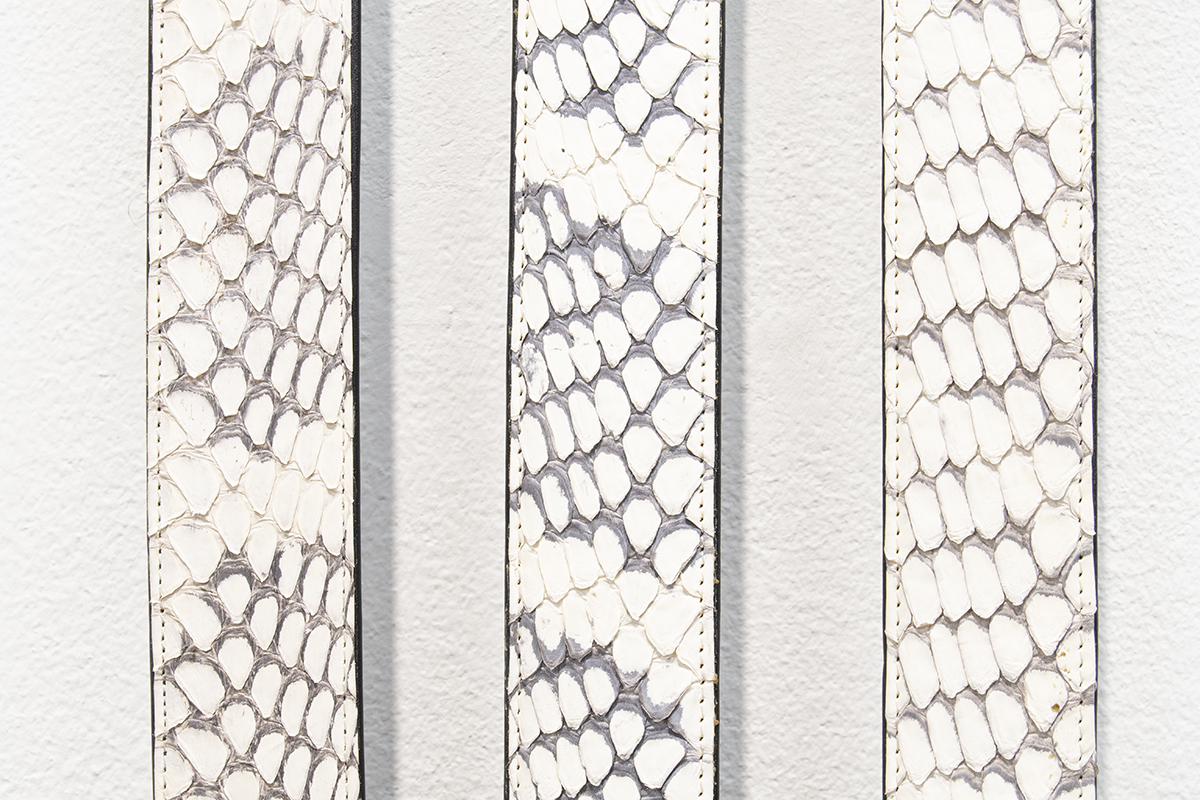














The Pharmakon project is an installation of readymades playfully mimicking improvised spaces of medicine, colliding the ancient pharmacy with contemporary modes of treatment derived during the Covid-19 pandemic, such as triage, ventilators, "antibody cocktails," and vaccines. In partnership with the RedLine Contemporary Art Center, the work will be installed in a Denver storefront emptied by the pandemic, while a plan develops to tour the installation in other cities.
Questions include how and whether scientific innovation can master nature, how disease resists medicine and responds to intervention, and importantly how we can decipher when medicine is exploitative and when it is redemptive. The installation portrays the dangerous supplement - the knife, the needle, the cathartic delirium of the gas and the salve - as a paradoxical response to the danger of disease, while visitors move through a place of diagnostics and formulary treatments meant to stir reflections about contemporary cures.
The work will explore both the darkness of medicine and its redemptive potential at once, partly rooting itself in the Socratic dialogues elucidated by Derrida in Dissemination (1981). Plato’s pharmakon has been translated as “medicine,” but Derrida wants to position pharmakon as both a “poison” and a “cure” at once. For example, Socrates in Plato’s Phaedrus dialogue suggests that medicine is inextricably tied to venom, such as poisonous snakes, sea anemone, and stingrays, at the core of ancient medicine. The dynamic continues today, where RNA vaccines are still derived from the original ‘bug’ that its cure is meant to obliviate.
From medicine we seek catharsis and antidotes, ultimately the freedom that taking control over our health affords. Yet we have an acute awareness of the clumsiness of human intervention at the scale of pandemics. The idea of the project is to reflect the precarious position of medicine as it moves to the center of political debate. Finally I want viewers to ask what the politics of science means in the context of pandemics and climate change alike, and how and to what extent we can rely on science to frame human behavior.
The context of medicine changes the way we understand, for example, cobra skin belts. An initial aesthetic attraction, or revulsion, to the belts, begins to beg the questions “why?” and “what for?” These belts, we sense, are not for holding our pants up. Snake skin belts are trophies; they are a wearable sign of an individual’s mastery over the most deadly of nature’s dangers and by extension a sign of dominance in any power relationship.
One might further ask, what impotency does such a trophy intuit? How does the moment of commodification of animals in the supposed wet market frame this representation? How do we negotiate exploitation with the cures for our ills? In the context of medicine, the belts suggest the manipulation of nature’s dangerous diseases by their dangerous treatments, while we begin to connect the aesthetics of objects to what they represent to us; toward a conversation about not only mastery over nature but also a conversation about contemporary hysteria, neoliberal social control mechanisms, and the future of science in our lives.